1
HOME > Brands >
THE BEST MEN’S SUNGLASSES BRANDS
Written by Ivan Yaskey in Brands on the 18th October 2023
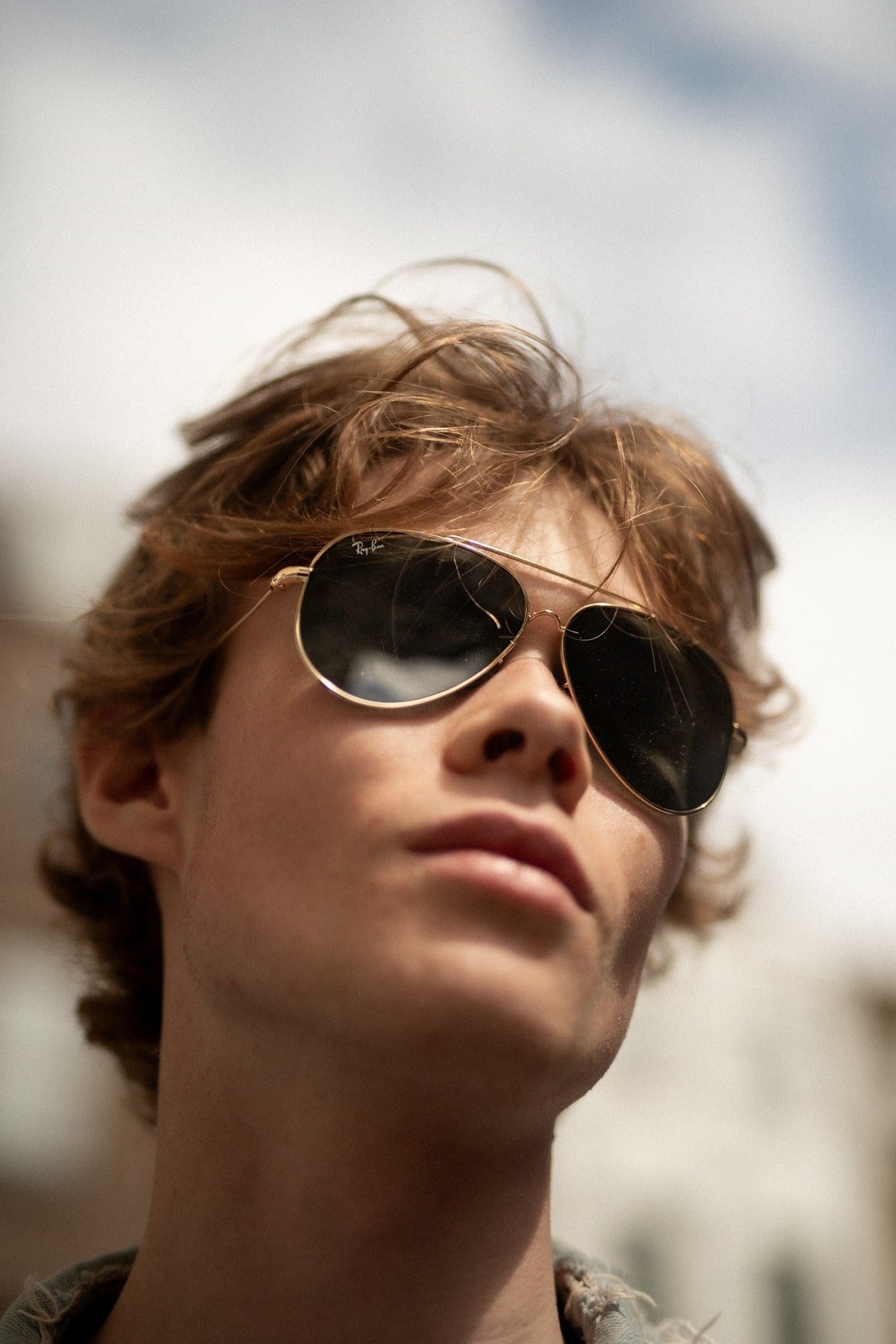
Sunglasses are a vibe – and protect your eyes from the brightness and damaging effects of UV rays. While you’ll find them at all price levels – cheap plastic at the drugstore or from a fast fashion brand to acetate, glass, and more sustainable offerings – construction has fewer gray areas here. That injection-molded plastic pair with pop-out lenses cracks after a year, no matter how sharp it looks from the get-go. At the same time, construction with sunglasses goes beyond materials to treatments designed to enhance and protect your vision and suit the activity. What’s classic and fashionable in a Steve McQueen sense shatters the moment you’re hiking, biking, or surfing. Similarly, those colored crystal lenses don’t always mute the glare once you head out in your car. Whether you’re someone who varies the color and style or simply wants a frame that’ll hold up through regular, daily wear, we’ve rounded up some of the top men’s sunglasses brands for a starting point.
Why Wear Sunglasses?
The answer’s fairly simple: You’re looking for a clear view outdoors without having to squint. In more modern times, understanding the effects of UV exposure on your eyes also makes protection necessary for lowering your risks for cataracts.
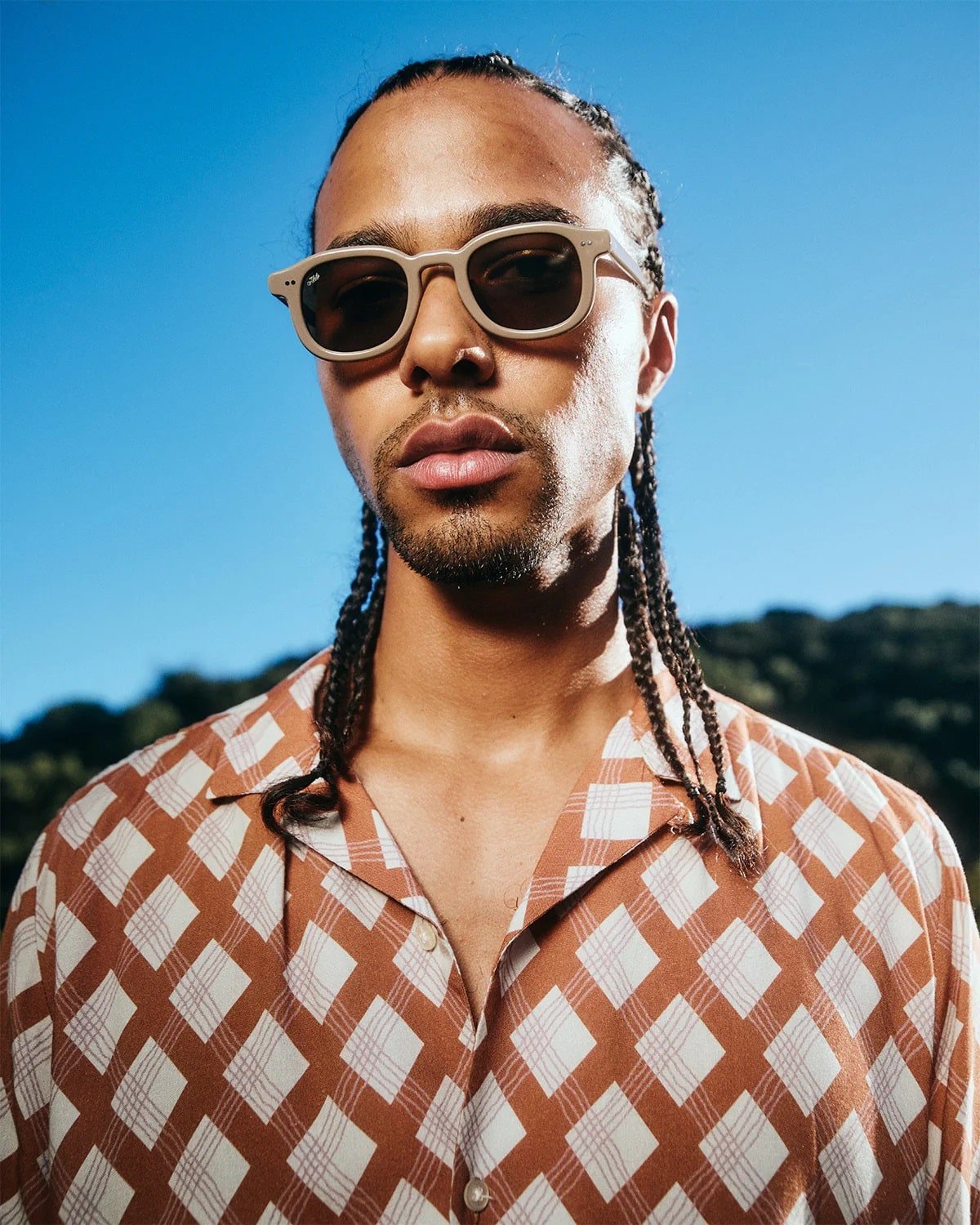
At least in the former sense, humans have devised multiple solutions to cut down on the brightness and glare. The Inuit made goggles out of wood, ivory, or bone to mute the effects of light reflected off the snow, and the Romans also used crystals in a similar manner. The first proper pair of sunglasses emerged toward the end of the 18th century: English optician James Ayscough added tinted glass to a set of standard eyeglasses, with the goal of improving eyesight. He eventually found that brown and amber-yellow better shielded the eyes from the sun – essential, at the time, for patients living with syphilis. Roughly a century later, William Crookes developed a pair of glasses that blocked more UV light to reduce eye strain.
Commercial, mass-produced sunglasses gained traction toward the start of the 20th century, with Foster-Grant hawking their styles to tourists and beachgoers in Atlantic City. For the next few decades, the market centered around this practical purpose and shielding the eyes for medical reasons. Toward the late 1930s, women started donning them as more of a fashion accessory, while polarized lenses – designed to reduce light waves from passing through the glass – ultimately revolutionized the sports market. Today, these developments all shape the offerings you’ll find. Yes, most of us – at least in the menswear sphere – notice the style – whether its novelty or versatility – and then wonder how it’s made and what it does. Acetate with glass or polycarbonate lenses establishes a reliable baseline: Polarization ultimately means they’re better for driving, and impact protection means you can take them outdoors.
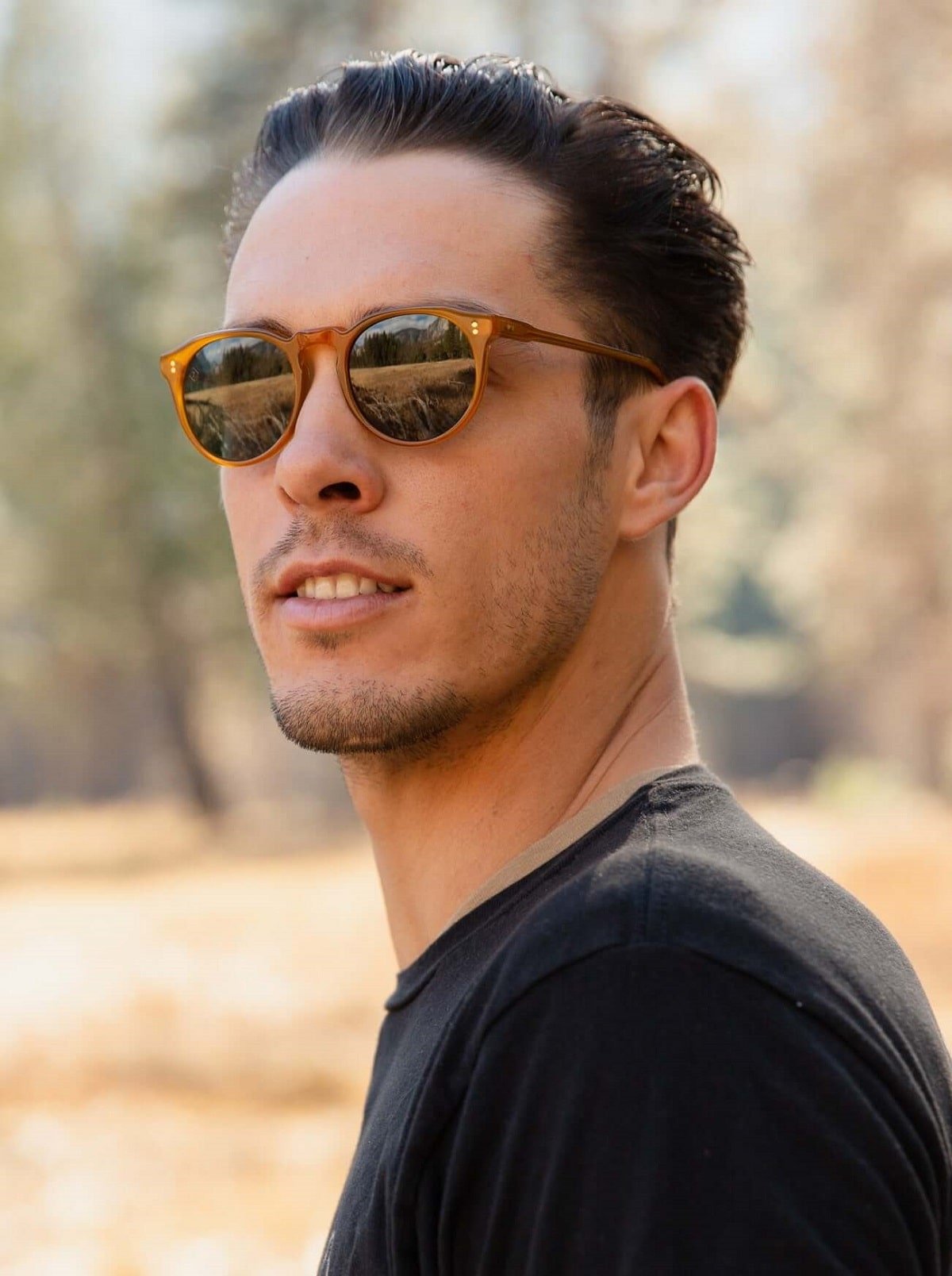
As such, you’re advised to refine your search for sunglasses by thinking about:
Why you want them: Yes, they complete your outfit, but are you looking for something to block the glare and brightness of the summer sun or do more? Research what common features do, so you know what you’re getting out of your pair. As a baseline, make sure yours provides 100% UVA/UVB-blocking protection. For anything more intensive, seek out something with impact protection and either polarized or photochromic lenses.
Lenses: Perhaps the most important feature of your sunglasses, lenses range from plastic – itself providing no UV protection unless coated or outfitted with a film – to glass – a heavier material that has a higher risk of scratching and cracking. Polycarbonate offers a middle ground: Clarity on par with glass, the lighter weight of plastic, and greater impact protection, making it ideal for active and on-the-job uses. SR-91 goes a step further, adding anti-glare and waterproof properties into the mix.
Lens treatments: Think about where you’ll be going and what you’ll be doing. UV protection and anti-reflective properties suit an everyday pair of glasses. From here, polarized and mirrored lenses reduce glare and improve clarity, and photochromic adjusts the tint between outdoor and indoor settings. Scratch resistance limits signs of regular wear and tear. Impact resistance means your glasses can hold up to a degree of force from the side or front without shattering.
Frame materials: Similar to lenses, injection-molded plastic makes up the affordable end of the market and has the least amount of durability. Acetate – a synthetic material starting with cellulose or plant fibers – delivers more strength and color possibilities and makes up the majority of mid-priced to higher-end frames. Metal ranges from stainless steel to lighter variations, like Monel (a copper-nickel alloy) or titanium. Natural materials, including wood and horn, make up a smaller part of the market but are gaining ground among those wanting to avoid synthetics.
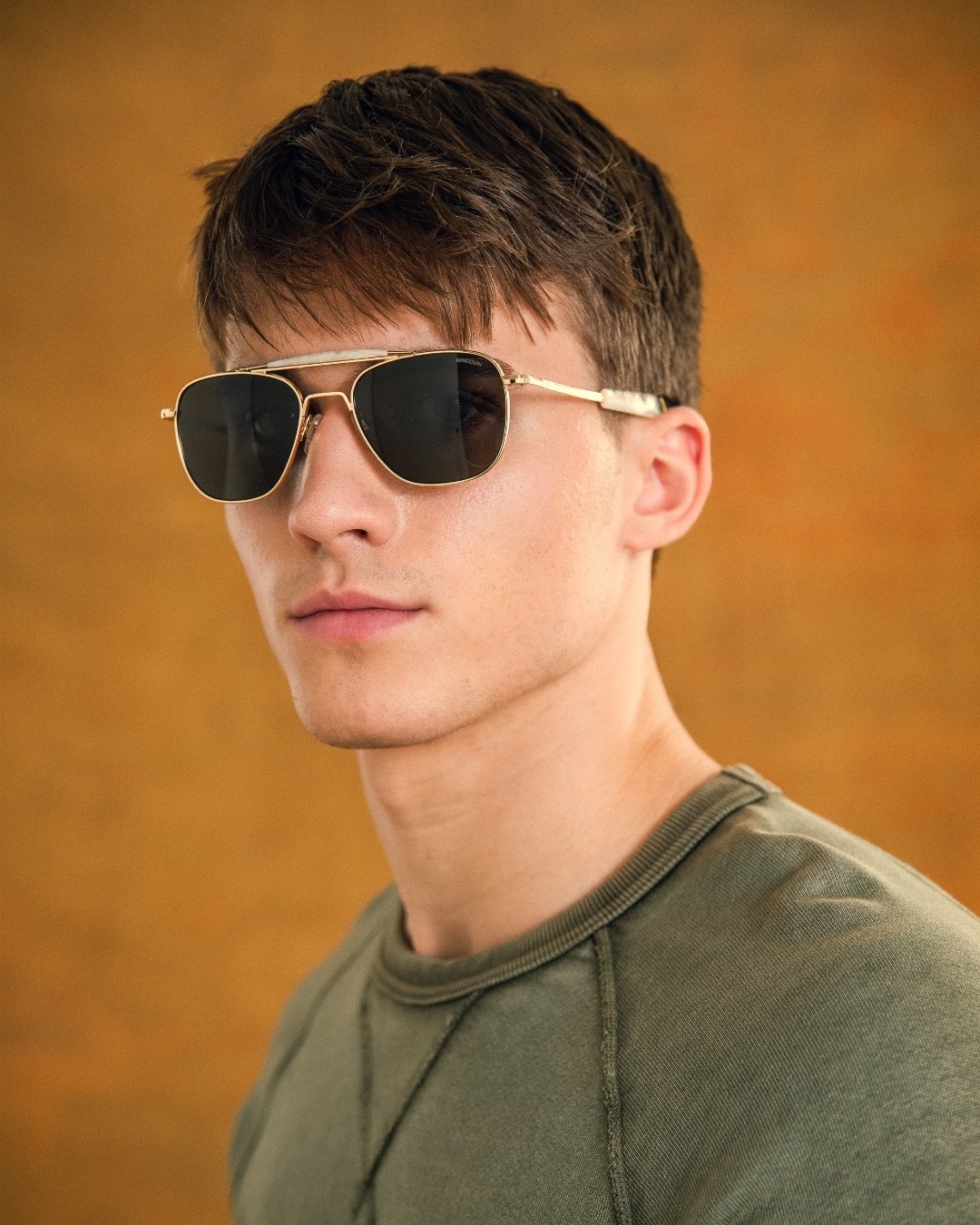
Styles of Men’s Sunglasses
Each season promises something new – retooled just slightly or perhaps in a different color. The baseline styles, at least as men’s sunglasses go, consist of:
Aviators, initially made for pilots, they became available to the public as sporting sunglasses toward the end the 1930s. In all versions, aviators have teardrop-shaped, somewhat convex lenses that cover the eyes and part of the face, and typically use a thinner metal frame.
Wayfarers flatter all face shapes through a mix of angles and curves. Often associated with the Ray-Ban brand, they combine a peaked top with a rounded base and a more substantial frame.
Clubmasters build upon brow line and horn-rim glasses, introducing what’s basically a half-rim wayfarer with an angular, partially curved top, a thicker frame, and a rounded wire bottom.
Wraparounds primarily suit athletic and outdoor pursuits with a fluid, elliptical shape with greater side protection that reduces exposure to UV rays.
Round frames often feel like a throwback to the early days of commercial sunglasses, pairing a thicker frame with lenses that form a perfect circle.
Top Men’s Sunglasses Brands
We’ll spell it out succinctly: Affordable men’s sunglasses brands often aren’t worth it. The frames come apart within a year or so, scratch easily, and don’t always provide reliable UV protection. In turn, our roundup covers mid-priced and classic brands to luxury offerings:
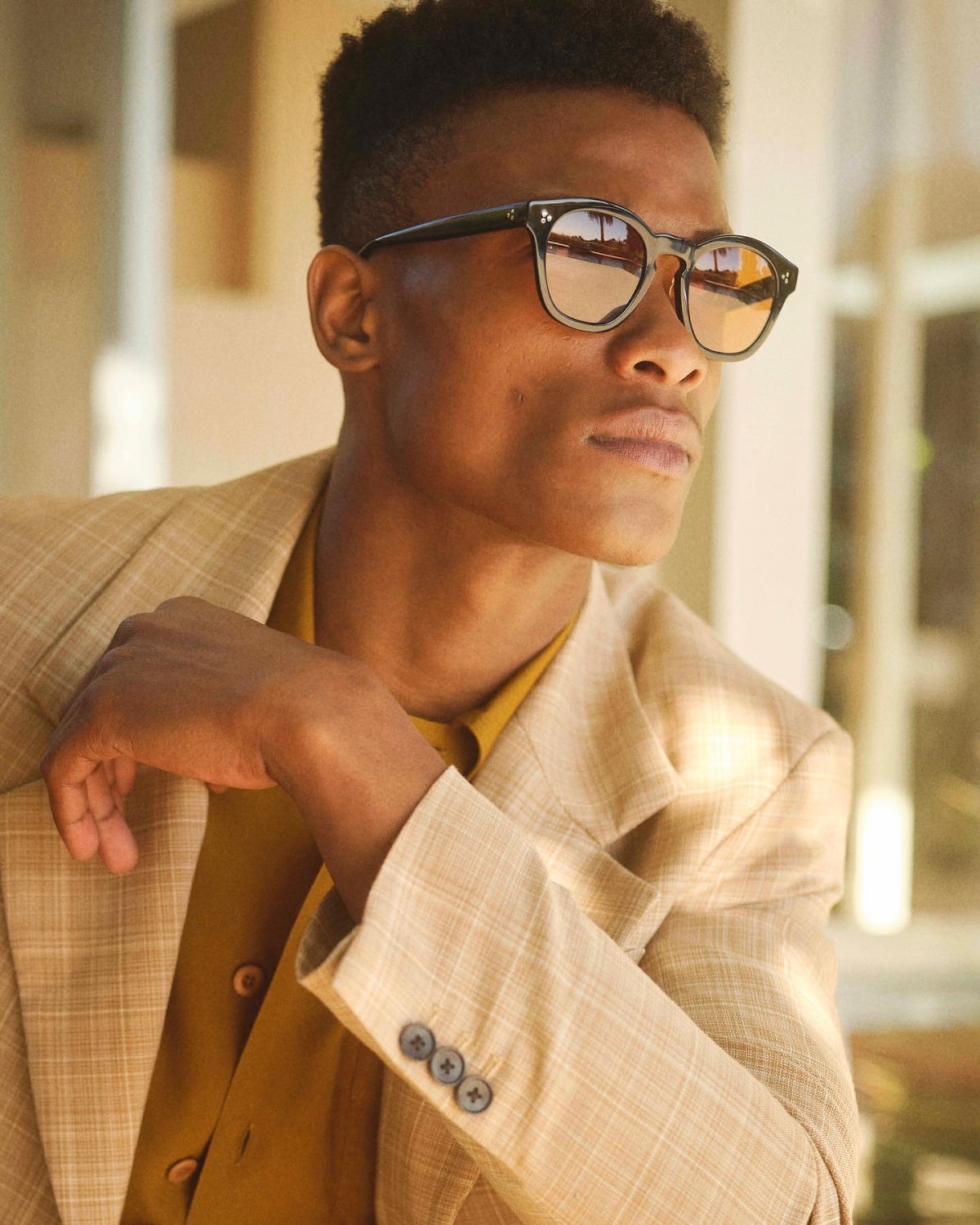
Ray-Ban
Whether you want to talk history or style, you can’t any more definitive. Due to product placement in the ‘80s (Blues Brothers, Risky Business), we associate Ray-Ban by name with the wayfarer, but they’ve also popularized the aviator and Clubmaster. From all angles, Ray-Ban embodies classic style in the present – although color variations exist – and has established the template for the majority of men’s sunglasses frames. On top of this, their acetate frames hold up fairly well, and make them a fairly reliable everyday to investment brand.
Persol
Persol conjures up two different images: Leisurely Italian elegance – perhaps auto racing mixed in with a daytrip to the Amalfi Coast – and Steve McQueen, who sported the 714 style in the original Thomas Crown Affair. But, as much as they’re intertwined with retro adventure-meets-vacationing vibes, construction sets Persol apart, be it the high-quality cellulose acetate, lenses selected to enhance vision, or details like smoother, keyhole-style bridge for a more comfortable fit on the nose.
Carrera
Pop culture shapes our association with various eyewear brands. While Ray-Ban stands upon the legacy of a handful of notable ‘80s flicks, Carrera gets associated with Tony Montana’s drug-dealer-in-Miami style from Scarface. Despite being in production since the 1950s, the Austrian racing-inspired brand remains best paired with a brightly colored, silk Hawaiian shirt.
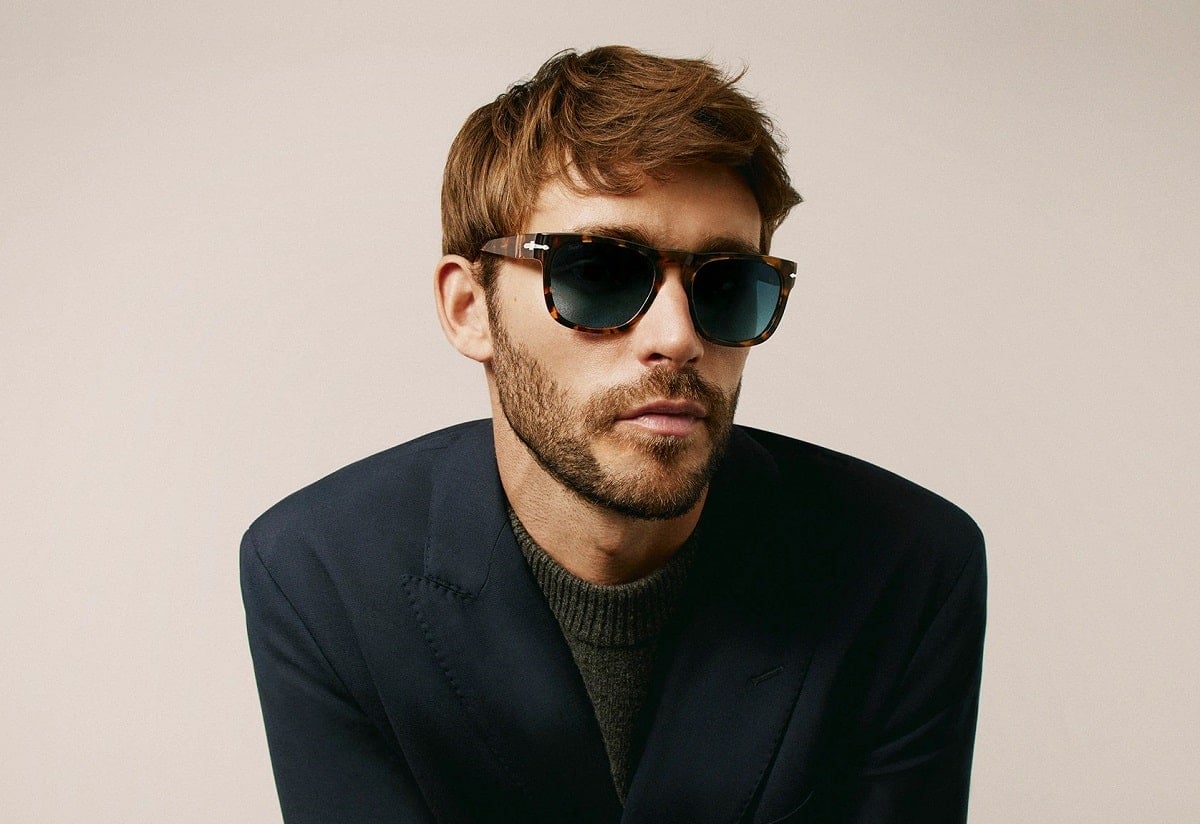
Oakley
Style wise, Oakley had its moment back in the ‘90s. Today, we link its name with the bug-eye wraparound sunglasses rockstars appeared to sport around 1995, but beyond this pop culture blip, the company continues to push the boundaries of active technologies. In turn, features like anti-glare, impact-resistant lenses and more comprehensive UV protection make them a staple among Major League Baseball players in the U.S., as well as among hikers, surfers, cyclists, and anyone wanting their shades to last through whatever gets thrown at them.
Oliver Peoples
Where most of menswear coasts along timeless frames that seem to transcend decades, Oliver Peoples turned toward the ‘30s and ‘40s, reinventing and reviving round, keyhole sunglasses back in the ‘80s. The brand launched on Hollywood Boulevard, delivering a mix of vintage appeal inspired by an estate sale and high-quality acetate in a tortoise shell pattern. There’s a certain fastidious snobbery about them – captured briefly through a reference in American Psycho skewing yuppy culture – that the brand now runs with. Frames often feature a narrower high-bridge nose, and new releases are small batch and sporadic.
Randolph USA
This family-owned American brand sometimes flies under the radar – pun intentional – but aviator purists put them at the top of their lists due to their U.S. Department of Defense contract. This military-grade precision filters down to their everyday frames – known as some of the toughest around and crafted through a 200-step process.
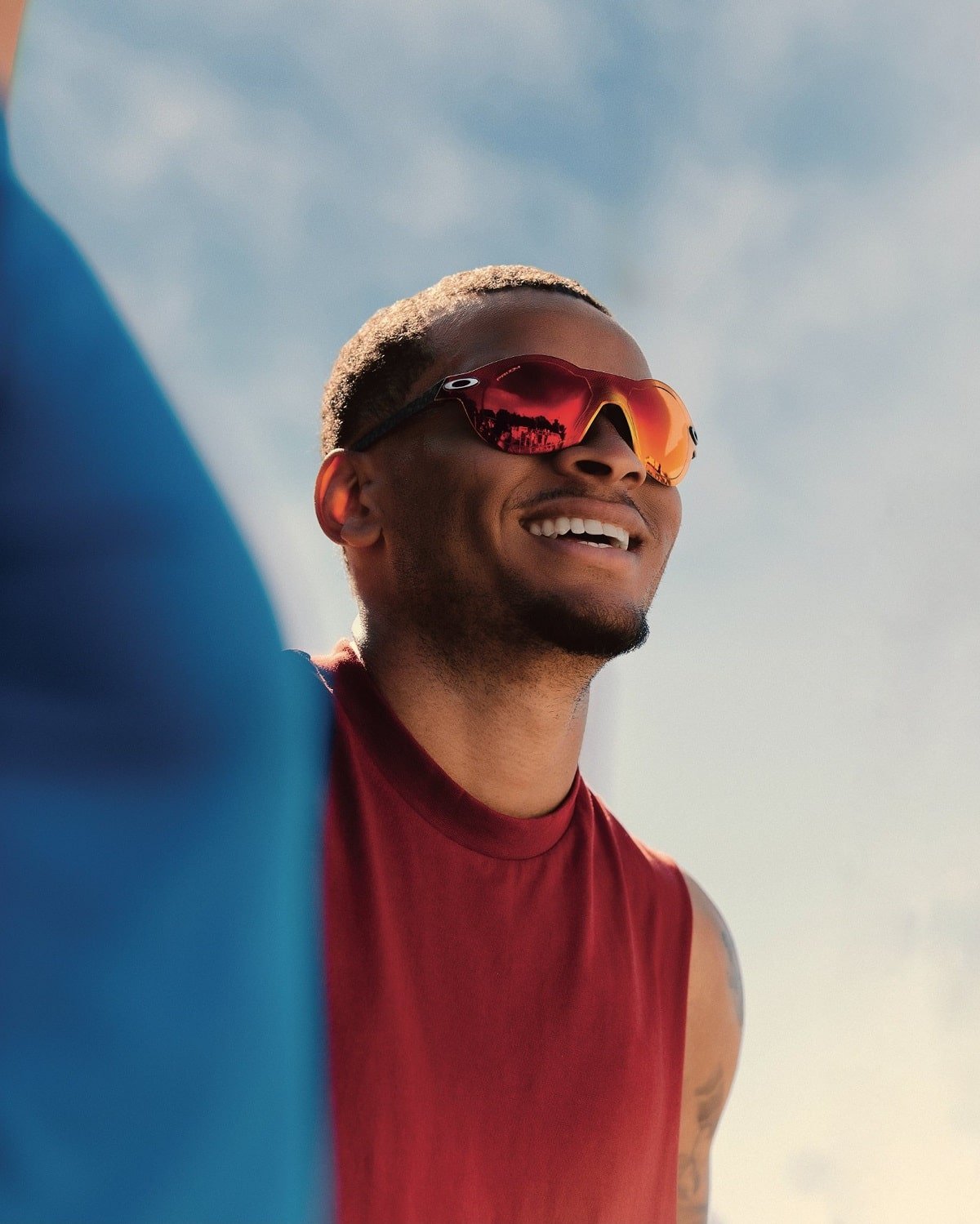
Maui Jim
This Hawaii-originating brand getting its start back in the ‘80s remains a favorite of surfers – their initial audience – and has a following among golfers. Designs and colors evoke the islands’ landscape of bold sunsets and rising waves while blocking out UVA and UVB rays and taming the glare.
Moscot
Moscot’s both a New York City go-to for quality eyewear and a stylistic boundary pusher. Beginning over a century ago and still a family-run business, the company utilizes premium materials and a multi-part construction process. More recently, Moscot has expanded its palette of colors and, in turn, has become a celebrity favorite.
Raen
West Coast beach culture comes to life in this brand that got its start in the late 2000s. Raen’s narrative reflects a DIY arc: surfers creating and selling their own sunglasses inspired by Southern California landscapes and its laidback attitude. From these origins, they’ve surged ahead, incorporating more sustainable materials as of recent.
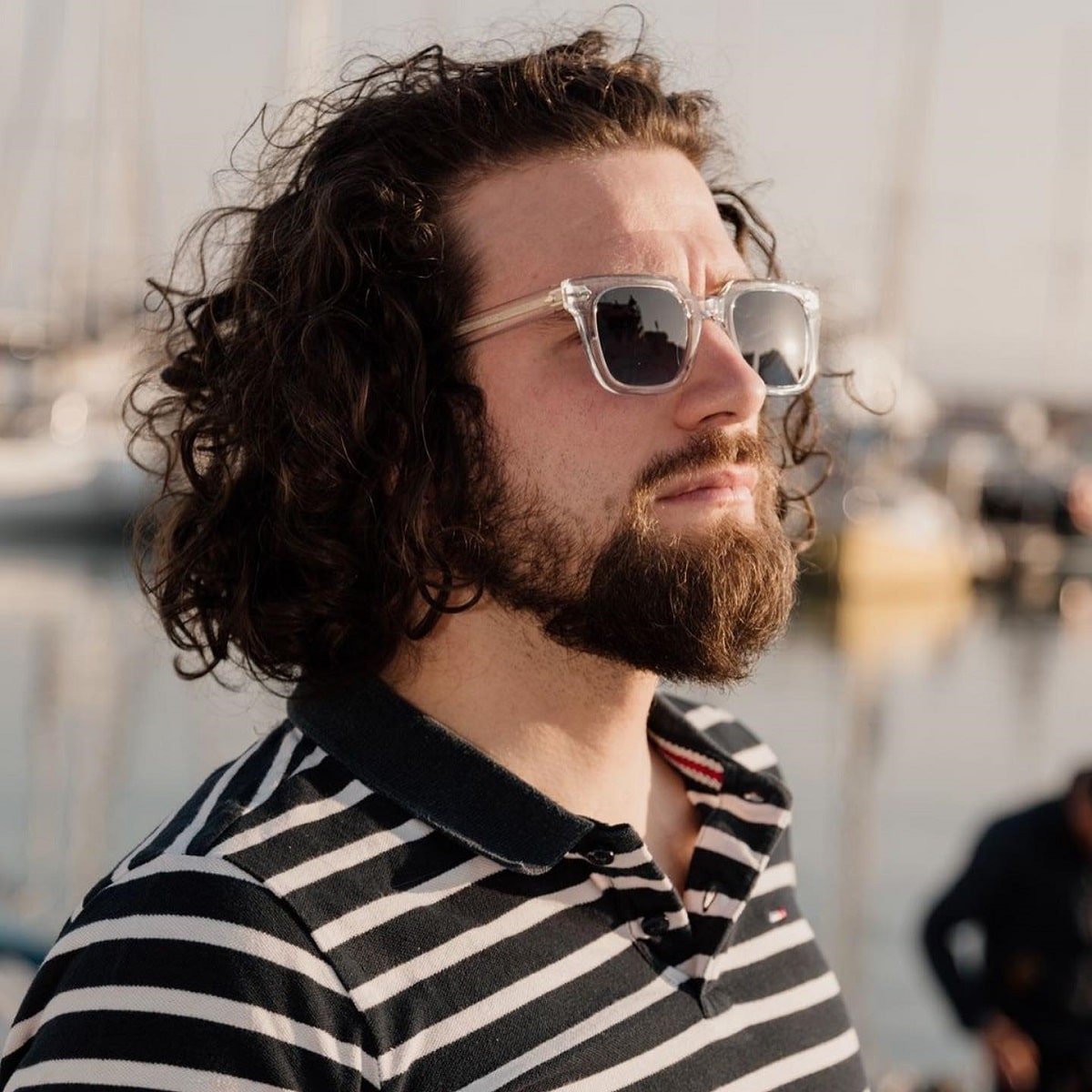
Akila
The conversation around men’s sunglasses questions the validity and longevity of non-classic, experimental styles. A relative newcomer to the sunglasses game, this L.A.-based brand makes a case for bright, neon hues and less-typical angular shapes. Akila’s clearly inspired by the technology-influenced frontier of the Y2K era, delivering rave-meets-vaporwave mashups, and appeals to a younger consumer with the occasional streetwear collaboration and by crafting its frames from biodegradable cellulose acetate.
Jacques Marie Mage
The question of cost often surrounds purchasing a pair of sunglasses: Should you put hundreds of dollars toward something that might slip off and scratch or break? Jacques Marie Mage defines the investment piece, often incorporating gold and other precious metals and launching small-batch, limited-edition collections made in Japan.
Cutler & Gross
British-based, Italian-made brand Cutler & Gross got its start in the late ‘60s and has since defined decades of eyewear through traditional, almost heritage craftsmanship, including bespoke frames spotted on actors, rock stars, and other celebrities. To this end, whether a frame is entirely custom or off-the-rack, every curve, thickness, and material gets considered, resulting in one of the most meticulous styles you’ll find anywhere.
Who makes the best sunglasses? #style
— Menswear Style (@MenswearStyle) October 18, 2023

Trending
2
3
4
5
6
7
8
9
10










